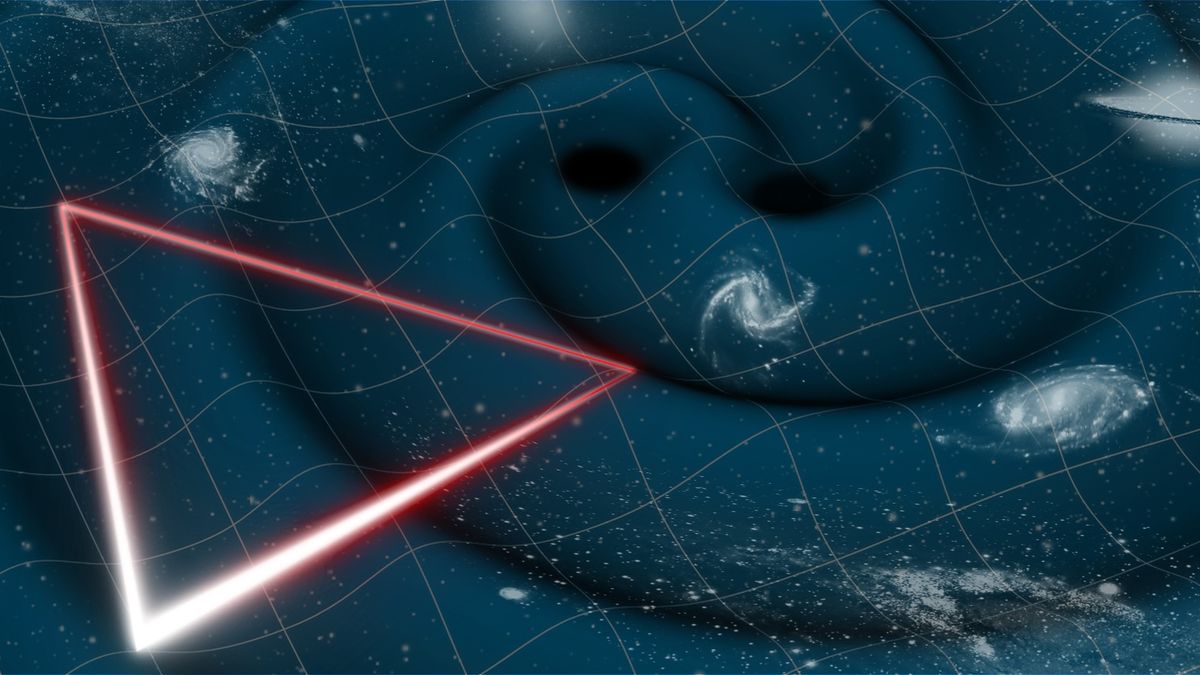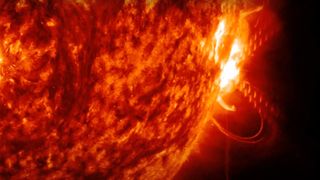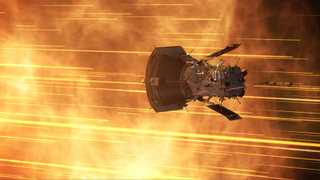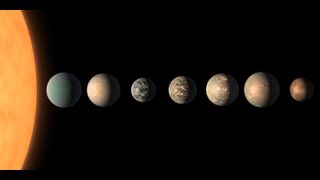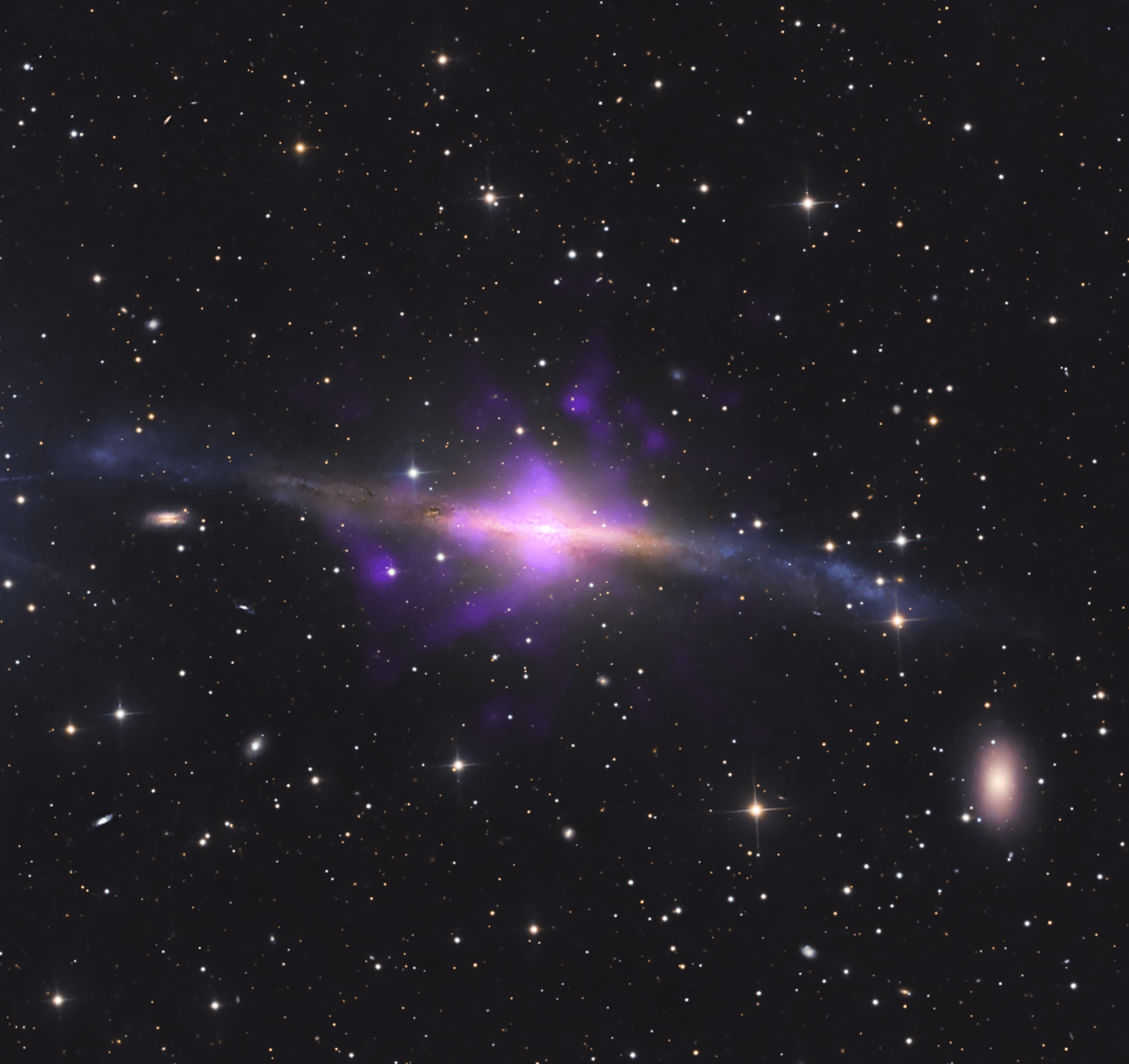Hoping for a white Christmas this year? Well, even if there’s no snow where you live, at least you can enjoy these images of a “winter” wonderland on Mars. Taken by the German-built High Resolution Stereo Camera (HRSC) on the European Space Agency’s (ESA) Mars Express orbiter in June 2022, and by NASA’s NASA’s Mars Reconnaissance Orbiter using its High-Resolution Imaging Science Experiment (HiRISE) camera on September 2022, these images showcase what appears to be a snowy landscape in the Australe Scopuli region of Mars, near the planet’s south pole.…
Read MoreTag: The Universe
Black hole paradox that stumped Stephen Hawking may have a solution, new paper claims
Nothing is supposed to escape a black hole’s event horizon — yet new research suggests it may secretly leak information. That leakage would appear in subtle signatures in gravitational waves, and now we know how to look for them, the study authors say. In 1976, Stephen Hawking rocked the astrophysics world with his discovery that black holes aren’t entirely black. Instead, they emit tiny amounts of radiation and, given enough time, can give off so much that they disappear entirely. But this introduced a massive problem. Information flows into black…
Read More10 most powerful solar flares of 2024
It’s been a busy year on the sun, as it officially entered the peak of its roughly 11-year cycle of activity, known as solar maximum. In 2024, the sun launched over 50 X-class solar flares — the most powerful type of solar flare — at Earth. Solar flares are categorized by the level of X-rays they produce in a specific wavelength range (1 to 8 angstroms). Solar flare classes follow a logarithmic scale, with each flare class — C, M and X — 10 times stronger than the previous one.…
Read MoreWhat time is the NASA Parker Solar Probe’s closest sun flyby ever on Christmas Eve?
A NASA spacecraft is about to give astronomers an epic early Christmas present with the closest ever flyby of the sun on Dec. 24, but if you’re wondering exactly when the ambitious solar encounter will occur, don’t worry. We’ve got you covered. The NASA spacecraft, called the Parker Solar Probe, is on course for what will be a record-setting close flyby of the sun on Christmas Eve, when it will fly through the star’s outer atmosphere at 6:53 a.m. EST (1153 GMT) and pass within 3.8 million miles (6.1 million…
Read MoreNASA Mars probe spies dusty, retired Insight lander from orbit (photo)
NASA’s InSight lander continues to contribute valuable knowledge about Mars, even after its retirement. Photos captured in late October by NASA’s Mars Reconnaissance Orbiter (MRO) show InSight resting on the Martian surface. While no longer active, the rover is providing researchers new data on how dust accumulates and evolves over time in the region. “Even though we’re no longer hearing from InSight, it’s still teaching us about Mars,” science team member Ingrid Daubar of Brown University said in a Dec. 16 NASA statement. “By monitoring how much dust collects on…
Read MoreBepiColombo spacecraft flies by Mercury, sees volcanic plain and impact craters
BepiColombo just imaged Mercury in a whole new light — mid-infrared light, to be precise. On the spacecraft’s fifth flyby of Mercury earlier this month (out of a planned six flybys) BepiColombo pointed its Mercury Radiometer and Thermal Infrared Spectrometer (MERTIS) at a swath of Mercury’s northern hemisphere. Mid-infrared light is invisible to human eyes, but it carries a wealth of information about the mineral makeup and temperature of very hot rocks like those on Mercury’s sun-baked surface. The Dec. 1 flyby marked the first time scientists have ever seen…
Read MorePotentially habitable planet TRAPPIST-1b may have a carbon dioxide-rich atmosphere
The innermost Earth-like planet in the famous TRAPPIST-1 system might be capable of supporting a thick atmosphere after all, according to new research. Since the system of seven tightly-packed, Earth-sized worlds was discovered in 2017, huddled in remarkable harmony just 40 light-years from Earth, astronomers have tried to determine whether any support atmosphere, which is critical to harbor life as we know it. Previous observations from the James Webb Space Telescope (JWST) have suggested all planets in the system would be barren, airless rocks thanks to violent, atmosphere-stripping radiation unleashed…
Read MoreNASA Finds ‘Sideways’ Black Hole Using Legacy Data, New Techniques
4 Min Read NASA Finds ‘Sideways’ Black Hole Using Legacy Data, New Techniques Image showing the structure of galaxy NGC 5084, with data from the Chandra X-ray Observatory overlaid on a visible-light image of the galaxy. Chandra’s data, shown in purple, revealed four plumes of hot gas emanating from a supermassive black hole rotating “tipped over” at the galaxy’s core. Credits: X-ray: NASA/CXC, A. S. Borlaff, P. Marcum et al.; Optical full image: M. Pugh, B. Diaz; Image Processing: NASA/USRA/L. Proudfit NASA researchers have discovered a perplexing case of a black hole that appears to…
Read MoreAstronomers discover 1st binary stars orbiting supermassive black hole at the center of the Milky Way
Astronomers have discovered the first binary stars orbiting a supermassive black hole. The stellar pairing in question orbits the cosmic titan at the heart of the Milky Way, Sagittarius A*. The binary stars, designated D9, were found in data collected by the Very Large Telescope (VLT), located atop Cerro Paranal, an 8,645-foot-tall (2,635-meter) mountain in Chile’s Atacama Desert. By measuring their velocity, the team behind the discovery was surprised to find they were two stars, not one. The fact that these binary stars so near Sgr A* have survived the…
Read More1st monster black hole ever pictured erupts with surprise gamma-ray explosion
In 2018, it was revealed that a pioneering telescope the size of Earth had taken, for the first time, an image of a black hole. That same instrument, the Event Horizon Telescope (EHT), has now witnessed the same black hole erupt with a powerful and unexpected explosion. Scientists hope that by studying this emission, they can better model the structure surrounding supermassive black holes. The flare, which lasted for about three days in April and May 2018, erupted from the supermassive black hole designated M87*, which liesat the heart of…
Read More
